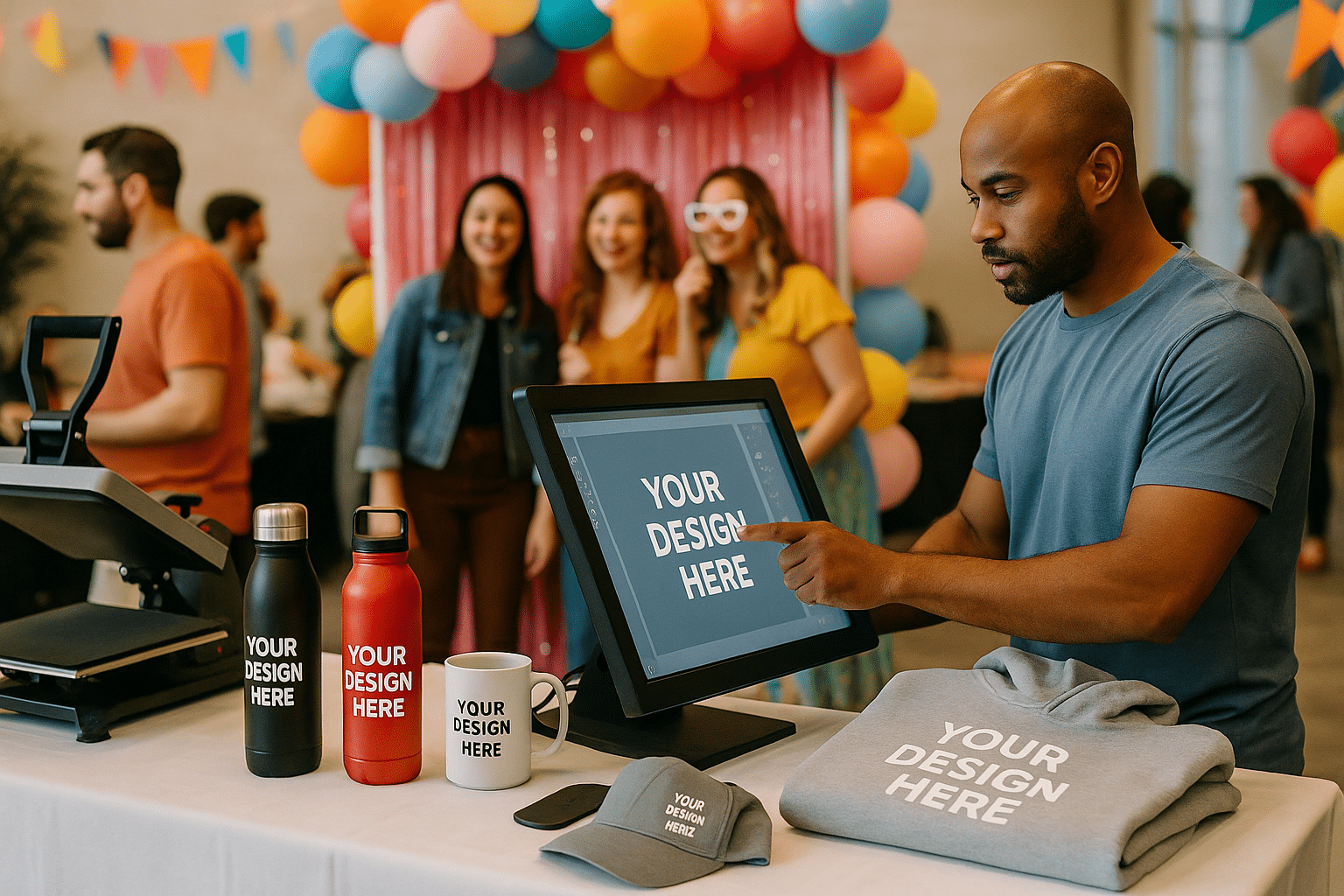Mastering Event Planning: Tips for Success in the Modern Era
Mastering Event Planning: Tips for Success in the Modern Era

Planning an event requires creativity, organization, and keen attention to detail. This article explores vital event planning tips, interactive trends, and DIY inspirations, alongside effective marketing and branding strategies. Discover how to make an event memorable while showcasing diverse customizable products, such as thermal bottles and laser-engraved items, to enhance your brand’s presence.
The Art of Event Planning
In the evolving landscape of event planning, the meticulous execution of fundamental components often dictates the success of any gathering, whether it’s a corporate meeting, festival, or wedding. At its core, event planning is not merely about logistics; it’s about creating an experience that resonates with attendees on multiple levels. This chapter delves into essential practices such as budgeting, scheduling, and vendor coordination—elements that form the backbone of any successful event.
Budgeting remains a daunting task for many event planners. To master this critical aspect, it’s essential to first define your event type and its objectives clearly. Establishing a realistic budget involves itemizing expected costs versus anticipated income, ranging from venue fees and catering to entertainment and marketing expenses. Effective budgeting also requires contingency planning—setting aside an additional 10-15% of your budget for unforeseen costs that may arise.
As you move forward, tracking expenses in real-time is crucial. Utilizing budgeting software or tools can streamline this process, providing visibility into spending habits and ensuring that you stay within financial limits. Also, consider strategies for maximizing your budget. For instance, negotiating with vendors or utilizing local resources can lead to significant savings. In the realm of event swag, diverse items like thermal bottles, mugs, and hoodies not only serve as branded giveaways but can also prove to be cost-effective marketing tools. By choosing items that resonate with your audience, you can enhance brand awareness while staying within budget.
Scheduling is another fundamental skill worth honing. Your timeline should consider every detail from the planning phase to the event day. Creating a comprehensive timeline allows for the seamless coordination of various components. Utilize project management tools to allocate tasks to your team and track their progress; this ensures nothing is overlooked. Additionally, prepare for potential delays and have backup plans in place. Flexibility will be your best ally during the execution phase.
Selecting the right venue is an intricate dance of logistics and branding. The venue should align closely with your event’s objectives and target audience. Take into account the location’s accessibility, capacity, facilities, and ambiance. An inspiring setting can amplify the overall experience, while a poorly chosen venue may cause attendees to feel disconnected from the event’s messaging. When scouting venues, ask questions about their sustainability practices, as eco-friendly venues resonate well with today’s environmentally conscious audience.
Vendor coordination is integral to the success of your event. Establish strong connections with suppliers, caterers, and technical support teams early in the planning process. Clear communication about expectations and responsibilities is key. Ideally, select vendors who share a commitment to quality and customer service. In this age of social media and online reviews, a reputable vendor can make or break your event’s perception.
Understanding your target audience is also paramount in this equation. Tailoring your event to the interests and demographics of attendees not only enhances engagement but strengthens brand loyalty. Utilize surveys or focus groups to gather insights about potential attendees’ preferences. This information can dramatically influence decisions about themes, speakers, or interactive elements.
Speaking of interactivity, incorporating modern trends is vital for enhancing attendee engagement and satisfaction. Attractions like photo booths have surged in popularity for their entertaining and nostalgic quality. They provide memorable engagement opportunities, capturing moments that attendees can share socially, thus expanding your event’s reach. To maximize visibility, ensure your booth aligns with your event branding through customized backdrops or props.
Don’t overlook the associated costs; researching how much it would cost to hire photo booths in advance will help in the budgeting process. When making decisions, consider whether the experience can be enhanced with additional features such as instant prints, social media integration, or digital galleries. After all, a well-integrated photo booth can act as both an entertainment hub and a promotional tool for your brand.
In this context, the introduction of interactive elements extends beyond photo booths. Engage your audience with live polls, Q&A sessions, and digital gamification. These strategies not only capture audience attention but also allow for real-time feedback, illustrating audience sentiments that can be addressed on the fly.
Sustainability is increasingly becoming an expectation rather than a luxury in event management. Many attendees are now prioritizing eco-consciousness and are more likely to support events that reflect these values. Sustainable practices can include things like selecting local vendors, minimizing waste through digital tickets and programs, and offering environmentally friendly swag options. Items like reusable water bottles or laser-engraved luggage tags not only serve practical purposes but also convey an important message about your brand’s commitment to sustainability.
Behind the scenes, every event planner faces unique challenges. Stay proactive by setting protocols to handle issues as they arise. Empower your team to make quick decisions based on pre-defined parameters, as speed and creativity can often convert potentially disastrous situations into moments of triumph.
Lastly, collecting success stories will elevate the narrative of your event. Documenting attendee experiences, testimonials, and video highlights for future promotional materials will not only serve as proof of your competence but provide ongoing content to share via social media and other marketing channels.
In conclusion, mastering the art of event planning means weaving together rigorous planning and creative expression while staying attuned to audience needs and trends. By integrating these elements, you can create unforgettable experiences that inspire engagement and loyalty, ensuring that your next event is a resounding success.
Conclusions
Effective event planning combines creativity with strategic marketing and interactive trends to boost engagement. By keeping up with DIY inspirations and embracing diverse promotional items, you can craft memorable experiences that resonate with your audience. Use these insights to enhance your next event’s success and create lasting impressions.




